Content
Cucumbers are the most popular vegetable. They are consumed fresh, pickled, salted, and used as winter snacks. Cucumbers are valued not only for their unique taste and aroma, but also for the presence of vitamins and microelements necessary for human health.
Growing cucumbers is not difficult, but the harvest is not always excellent. Due to diseases and lack of nutrients, plants feel depressed; ovaries appear, but do not develop, but dry out. This is due to lack of microelements in the soil and green mass of cucumber. Plants can be saved by timely feeding cucumbers with boric acid. We will try to tell you about the role of boron in growing cucumbers and the rules for its use.
What is boric acid
Boric acid is a medical product, an excellent antiseptic with disinfectant properties. With its help, people treat the skin and mucous membranes. It has found wide application in gardening. Boron is necessary for plants, as well as for humans. It goes on sale in the form of a white powder or solution. The photo shows pharmaceutical drugs.
The drug is also sold as a fertilizer in hardware or specialized stores.
In agricultural technology, not only the acid itself is used to feed cucumbers, but also boron-containing fertilizers. For example: Borosuperphosphate, Tseovit monoBoron.
Benefits for cucumbers
In order for plants, including cucumbers, to develop normally and produce a rich harvest, they require nutrients and microelements. It is clear that fertile soil is prepared for growing cucumbers. But there is not always enough boron in it.
You can compensate for the lack of microelement in cucumbers using regular boric acid, which can be purchased at the pharmacy.
The role of boron in plant development
What does regular feeding of cucumbers with boron give:
- Increases the oxygen content in the soil.
- Stabilizes nitrogen synthesis. Cucumbers need this element throughout the growing season.
- Saturates cucumbers with calcium.
- Enhances the formation of chlorophyll, this can be seen in the rich green color of leaves and cucumbers.
- Improves the metabolism of the plant, and this has a positive effect on the taste properties of the fruit.
Application of fertilizer at different stages of development
Gardeners who have been growing cucumbers for decades speak well of fertilizing cucumbers with boric acid. They always have it in their “arsenal”. Boron is one of the elements necessary for plants, especially cucumbers.
Pre-sowing seed treatment
It's no secret that the development of a healthy plant begins with a seed.Therefore, cucumber seeds must be treated before sowing. There are many options for seed treatment: potassium permanganate, ash, aloe juice. Boric acid is also used quite often by gardeners. After cucumber seeds have been pickled using any known method, they need to be soaked in a boron solution for no more than 12 hours.
Gardeners use different options for preparing nutrient liquid for cucumber seeds. Let's look at the two most common:
- To prepare the solution you will need one liter of hot water and 0.2 grams of white powder. After complete dissolution, cucumber seeds are placed in the container. Since they are very light and float when cut, it is best to soak them in gauze or a piece of cotton cloth.
- Based on this preparation, you can create a complex fertilizer for soaking cucumber seeds. Onion peels are infused in a small amount of hot water for 4 hours. In a separate container, a solution of wood ash is prepared in the same amount of water. After this, these two components are poured into a liter jar, the container is topped up and baking soda (5 g), potassium permanganate (1 g), and boric acid (0.2 g) are added.
Boron when growing seedlings
If vegetables are grown in seedlings, they can be treated with boric acid before planting in the ground. Cucumbers that are planted with seeds directly into the ground also need to be sprayed after 4-5 true leaves appear.
During the fruiting period
Watering cucumbers with a solution containing boron helps strengthen the root system, and this, in turn, has a positive effect on the growth and development of the plant itself. The cucumber's immune system becomes stronger. It can tolerate short-term drought or a sharp drop in air temperature without much pain. It has almost no effect on development.
Root feeding of cucumbers is carried out twice per season:
- when planting seedlings in the ground;
- when the first flowers appear.
But most of all, plants need boron at the time of fruit set and fruiting. At this time, root and foliar fertilizing with acid is carried out. You can spray cucumbers up to three times during the growing season.
Foliar feeding during the fruiting period relieves plants of unset fruits and allows you to increase the number of ovaries. Cucumbers grow faster, the taste improves, and the aroma intensifies. In addition, their sugar content increases.
Fertilizing with acid is especially important for cucumbers, in which several ovaries form in one bosom at once. If you do not spray such plants with boron, then some of the ovaries will remain at the embryonic stage.
Many novice vegetable growers are interested in whether acid during foliar feeding will harm the ovaries and fruits. The answer is no. This type of spraying of cucumbers, on the contrary, is beneficial. The plant becomes more resilient, the ovaries fill faster, and the fruits become tastier and more aromatic.
About the role of boric acid for plants:
Signs of boron deficiency
Boric acid stimulates the growth of cucumbers and is, in fact, a guarantee of a good harvest.In the soil, boron retains its strength for a long time and nourishes plants. Vegetable growers with extensive experience can easily recognize when it is necessary to fertilize cucumbers with boric acid. Beginners may have difficulties. Let's find out what signs indicate a lack of bromine:
- The leaves were crushed and yellow dry spots appeared on them.
- The plants themselves lost their emerald color and faded.
- Growth slows down, although ovaries are formed, but in small quantities. Most often they shrink and fall off. And those that grow take on an unattractive appearance: crooked, bent.
- Cucumbers have practically no whiskers.
If at least two signs coincide, it is necessary to urgently carry out resuscitation using boric acid. If the first feeding does not change the appearance of the cucumbers, it must be repeated after 7 days.
Rules for preparing the solution
And now about how to properly dilute acid for feeding cucumbers:
- A ten-liter bucket of water requires only 5 grams of white powder. First, it is diluted in hot water until completely dissolved, and then poured into the water.
- The acid can be used in combination with other trace elements, for example, potassium permanganate. In this case, the value for boron is reduced by half.
The prepared solution is used without delay.
What's the result?
Alternating root and foliar fertilizing and compliance with agrotechnical standards allows you to get a rich harvest of cucumbers. Boric acid can be used without fear. The main thing is to follow the recommendations. Exceeding the dosage may cause leaf burns.
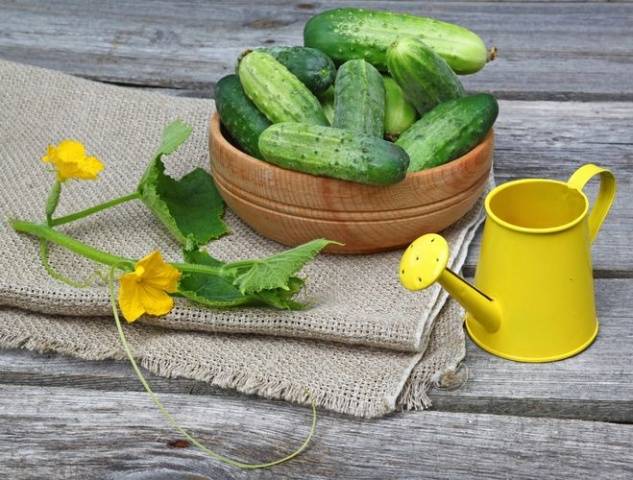
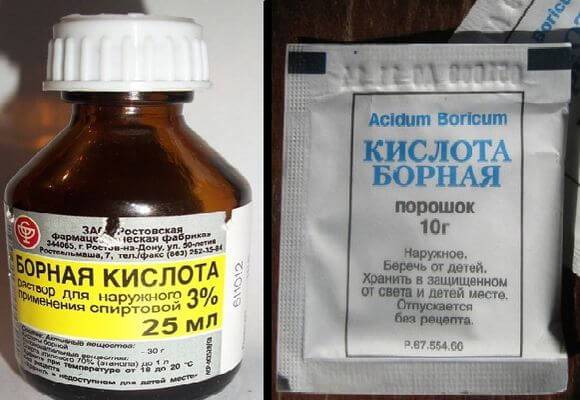
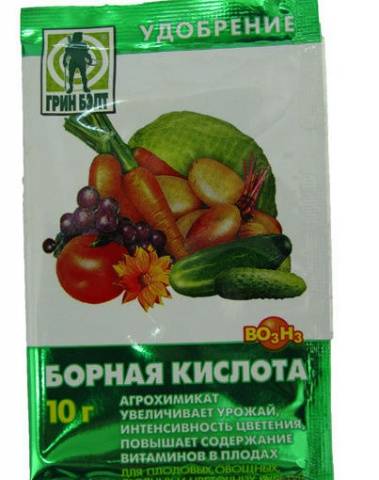
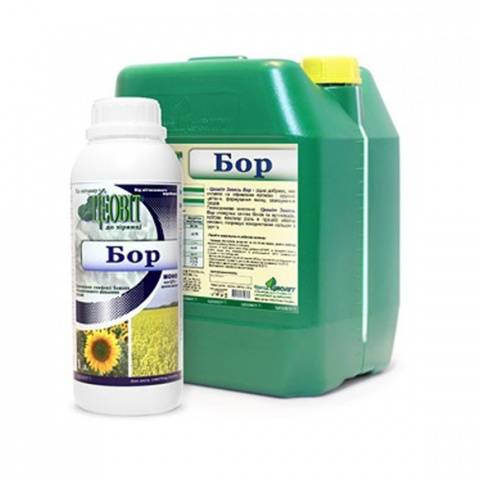
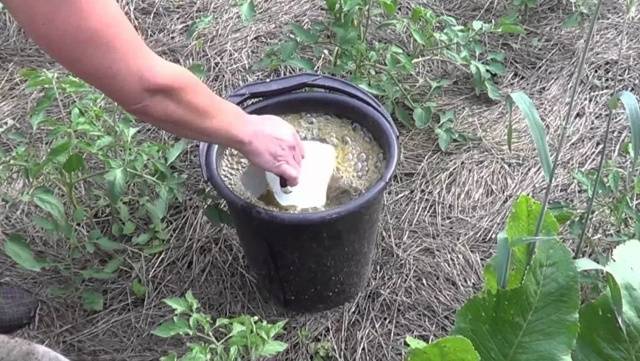
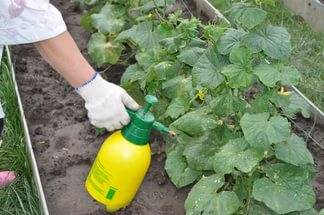

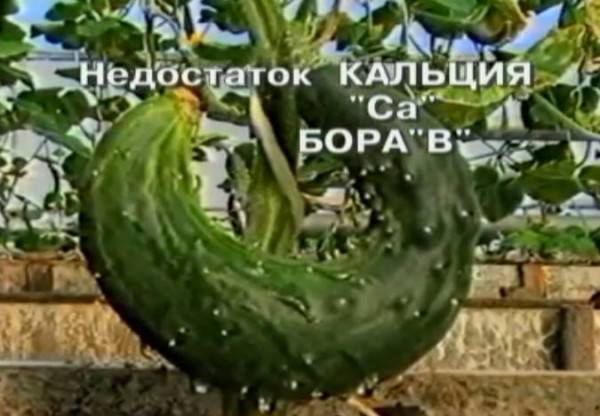
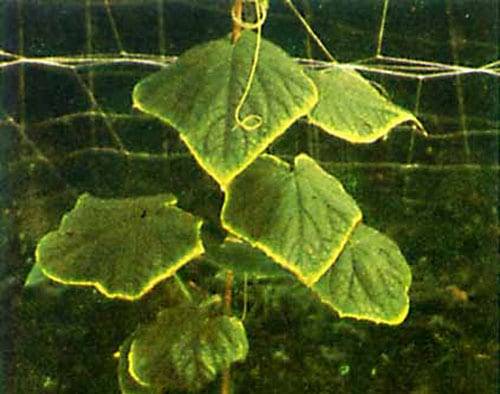
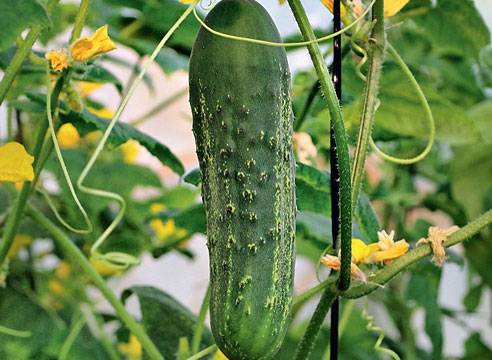
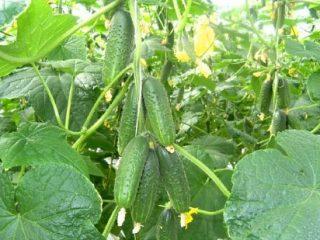
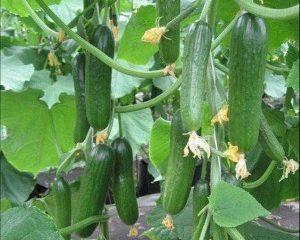
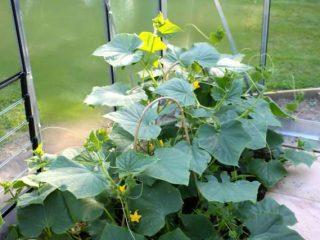
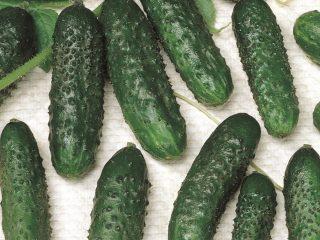
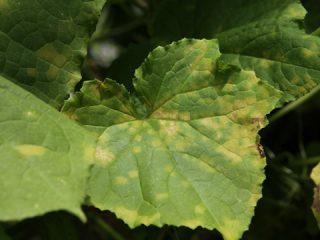

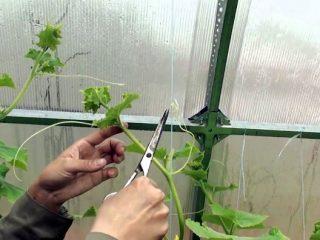
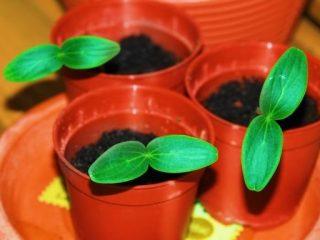
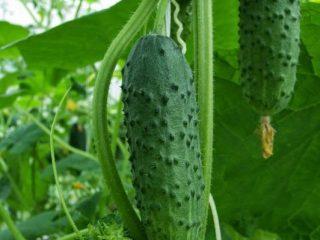
Good afternoon. I only started working on cucumbers this year. Circumstances did not allow it. Right now I’ve planted it on the balcony and am studying. Everything will come in handy in the garden. I found that only boron could be sprayed during flowering.